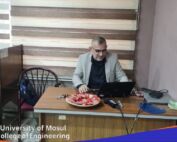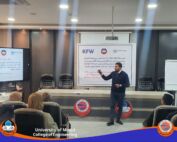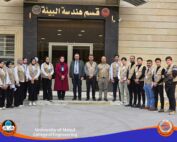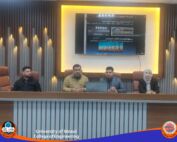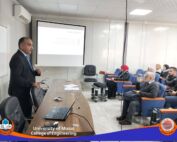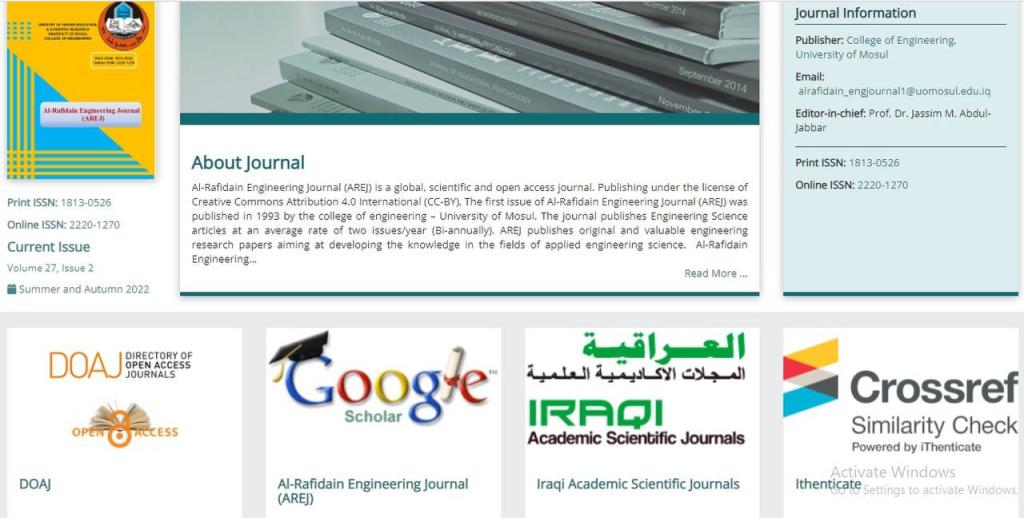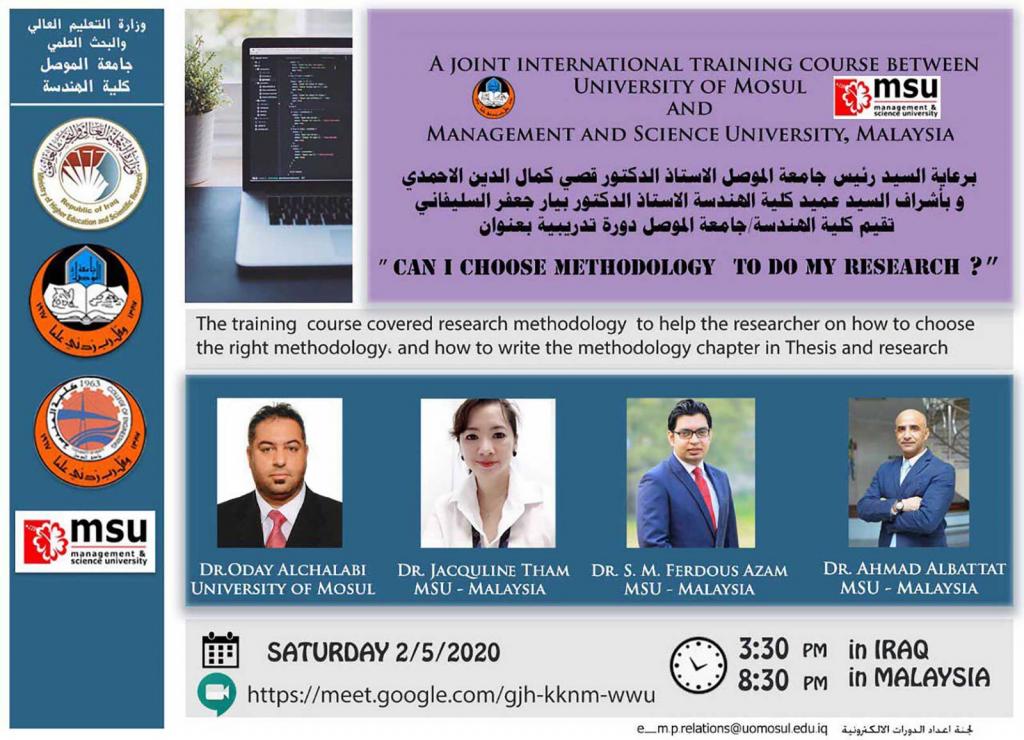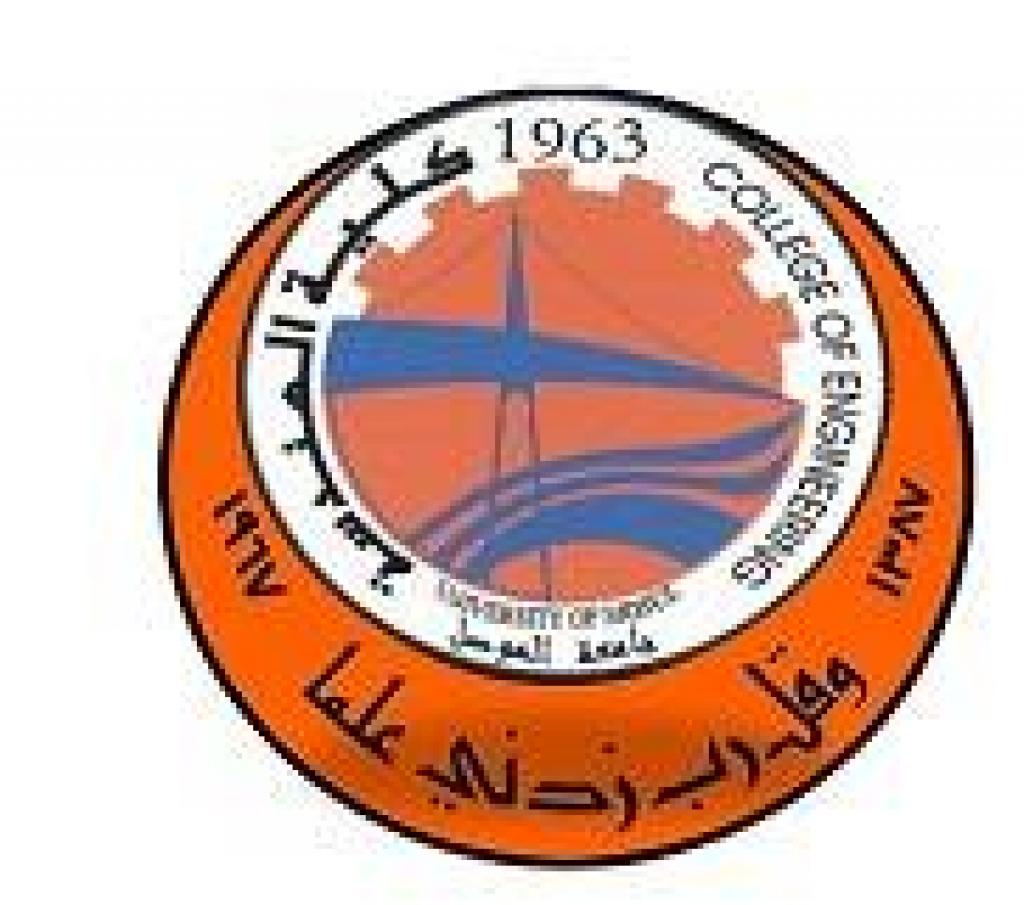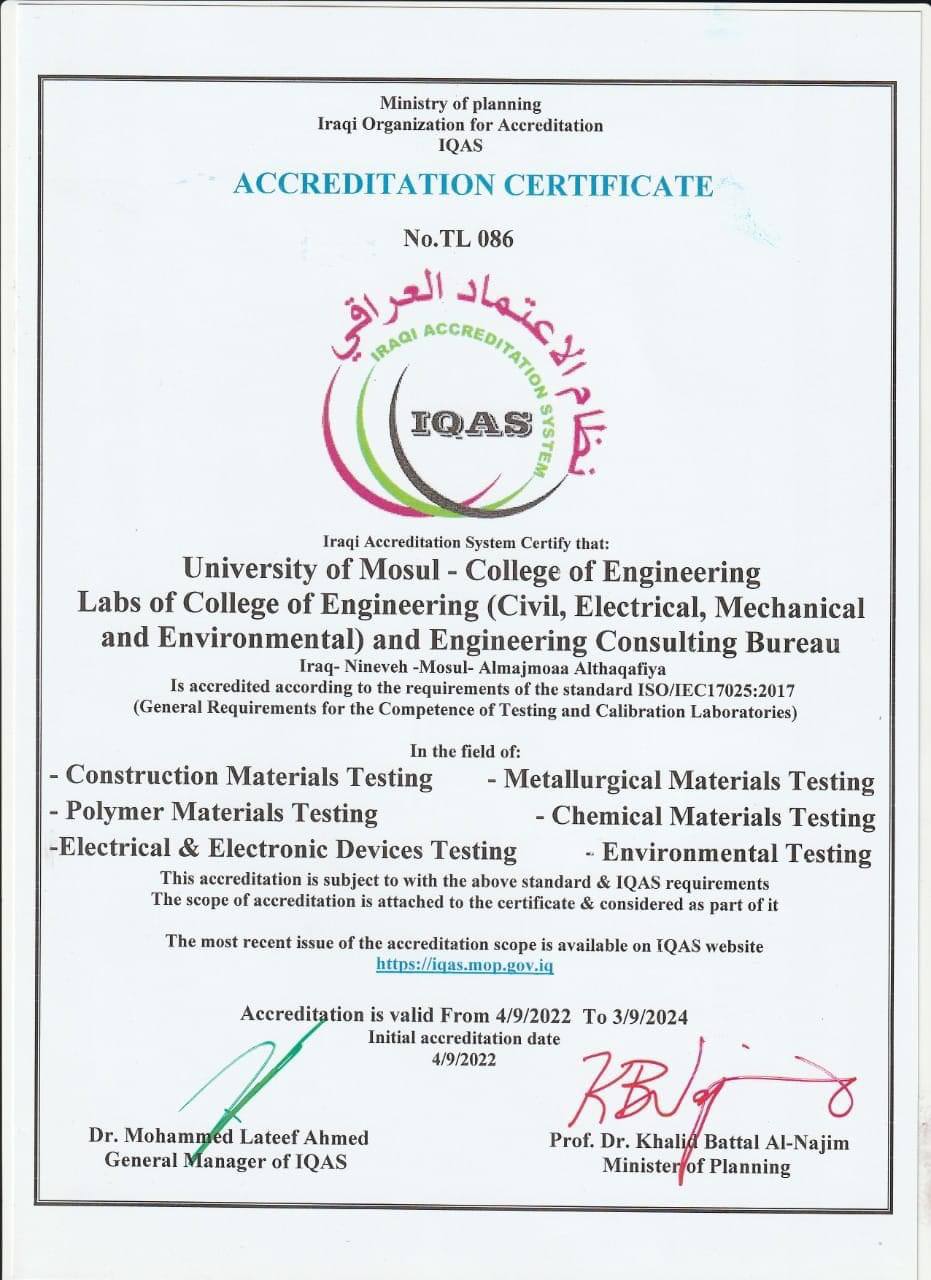22 January، 2022
Master thesis on “Using of Vertical Barriers to Control an Industrial Contaminants Movement Through Soil”
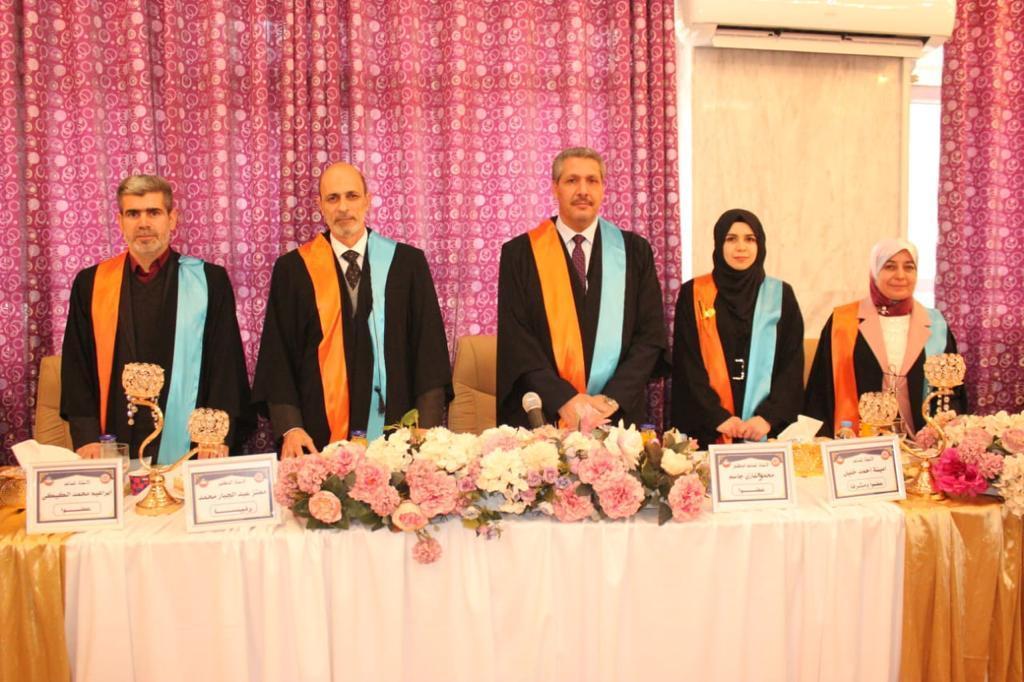
A master thesis was discussed in Department of Civil Engineering / College of Engineering / University of Mosul entitled “Using of Vertical Barriers to Control an Industrial Contaminants Movement Through Soil” submitted by postgraduate student (Dalal Awny Al-Deen Ismaeel Al-Abaady), supervised by Assist. Prof. Amina Ahmed Khalilon Thursday, Jan. 20, 2022.Soil contamination with contaminants in general and industrial pollutants in particular is one of the important issues in soil mechanics and extremely important, as it is considered one of the complex problems facing researchers in the field of civil engineering. The most important criterion in these matters is the control of the flow of water and pollutants through the structure of saturated-unsaturated soils.In this thesis, the Geo-Studio program was adopted to conduct the analytical study, and it is a geotechnical program based on the finite element method. The effect of using vertical barriers to control the movement of contaminants, as well as obstructing and prolonging the path of transmission of these contaminant in the soil, was studied in a theoretical manner. The leakage of contaminants through the soil was represented based on the SEEP/W fraction first, while the CTRAN/W portion was used to analyze the transport of contaminants through the soil and determine contaminant concentrations.The analysis was carried out using the two parts of the program (SEEP/ W and CTRAN/W), and the variables dependent on the input for the SEEP/W part were: hydraulic conductivity function, volumetric water content function (Vol. W/C), Ky/Kx ratio, assuming steady-state flow in two-dimensional homogeneous porous media. As for the CTRAN/W part, it was based on the partial differential equation (PDE), which is called the advection-dispersion equation.The thesis concluded that vertical barriers can be used as a mean curing the transmission of contaminants through the soil, as they can be installed using various techniques.The results showed that the soil type and the value of the permeability coefficient have a great effect in determining the path of movement of contaminant particles in the soil.The results of the study also showed that the optimal lengths of the vertical barriers and their distance from the source of pollution can be estimated within half to two-thirds of the thickness of the layer to be treated if single vertical barriers are used, with an attempt to achieve a balance between the value of soil permeability and the length of the vertical barrier used and giving priority to the economic factor when determining length and type of vertical barrier.The study also showed that the use of double vertical barriers would significantly reduce the concentration of pollutants in the downstream region. This control is more important when the depth of penetration of the first vertical barrier is greater than the depth of penetration of the second vertical barrier (d1>d2).


